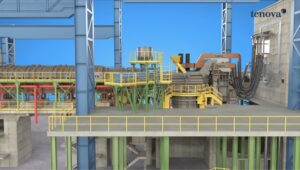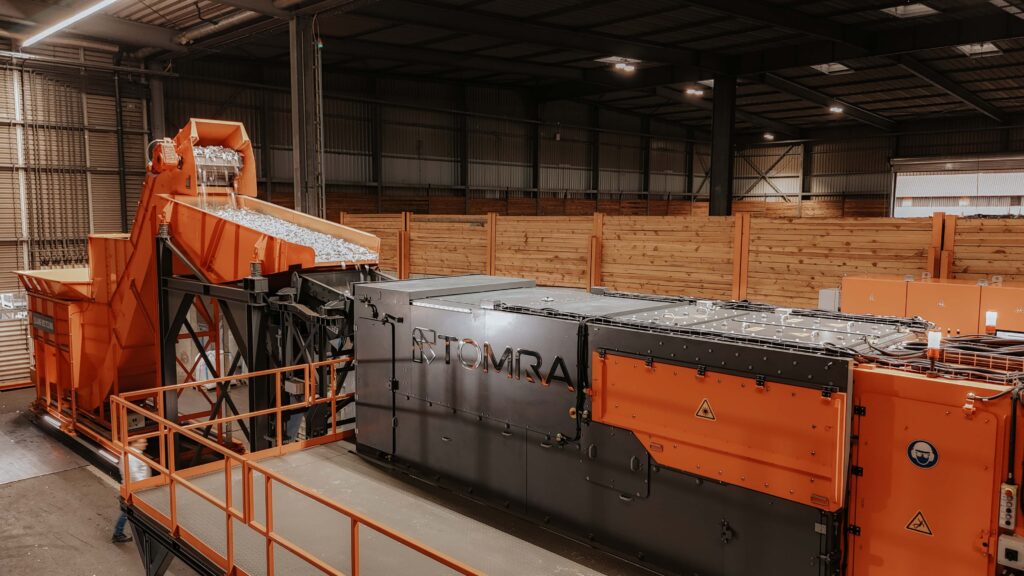The steelmaking company signed a contract with Tenova for the delivery of the £1.25 billion EAF at its Port Talbot site in Wales at the end of October last year.
The Planning Committee granted approval for the project subject to several conditions and the signing of legal agreements, which include securing long term ecological management and mitigation at the site.
Tata Steel closed its traditional blast furnaces at the site in September last year which will now be replaced with the EAF. It will have a similar capacity to the closed furnaces of about three million tonnes per year.
The new furnace will produce steel by melting scrap steel using high intensity electric currents. Molten metal will be tapped from the EAF at a rate of 320 tonnes every 42 minutes.
The installations will include two new ladle furnaces in which the liquid steel produced by the EAF will be further processed.
The system is due to be operational in 2027 with molten metal being tapped from the EAF at a rate of 320 tonnes every 42 minutes.
The need for ‘green’ steelmaking
The EAF has been touted as being of “national strategic importance”, with the UK government contributing £500 million to its purchase.
In November, Julia Ettinger, secretary general of the European Recycling Industries’ Confederation, called for more European investment into recycled steel and called it the “most economically viable and scalable solution” for the steel sector.
Tata Steel said in its planning application that, since 2007, it had lost £4 billion at Port Talbot – with exponential decreases following 2023 due to higher energy costs and “ageing assets at the site which are expensive to maintain and operate”.
The steelmaking company continued: “EAF presents the most appropriate solution for the continued use of the Port Talbot site in comparison to alternative options.
“It will focus on recycling steel – the UK has a large surplus eight million tonnes exported every year, which is more than any other country in the world – and with ultra-low emissions if the electricity supplied to EAF comes from renewable sources.”
Perspective of Neath Port Talbot council
The leader of Neath Port Talbot council, councillor Steve Hunt, explained the decision to approve the plans: “Our primary focus in the move to less carbon intensive steel production at Port Talbot has been on mitigating the effect of the net loss of jobs on our communities here in Neath Port Talbot and further afield.
“Through the Tata Steel UK Transition Board, of which I am a member, we have access to up to £100 million (£80 million from the UK government and £20 million from Tata Steel UK) which is being invested in skills and regeneration programmes for this area.
“The board and associated funding is being concentrated on immediate support for the people, businesses and communities directly affected by the transition to greener steelmaking and is being used to develop a plan for local regeneration and economic growth for the next decade.
“As the new £1.25 billion EAF at Port Talbot given planning permission today forms part of that plan we must now work together to ensure it is a success.”










Subscribe for free